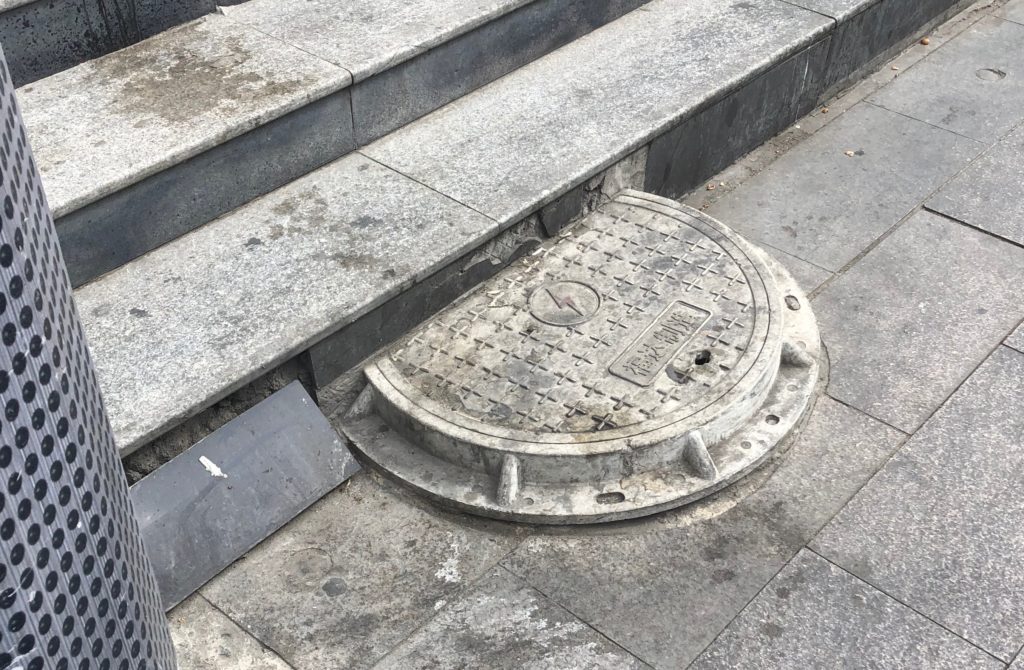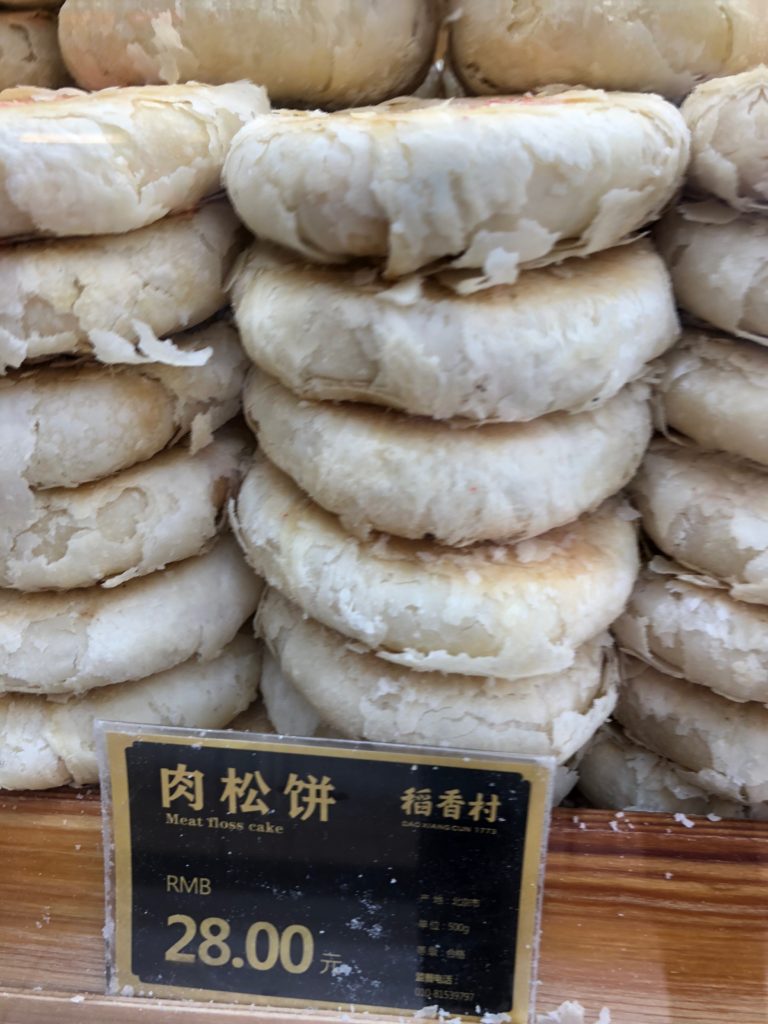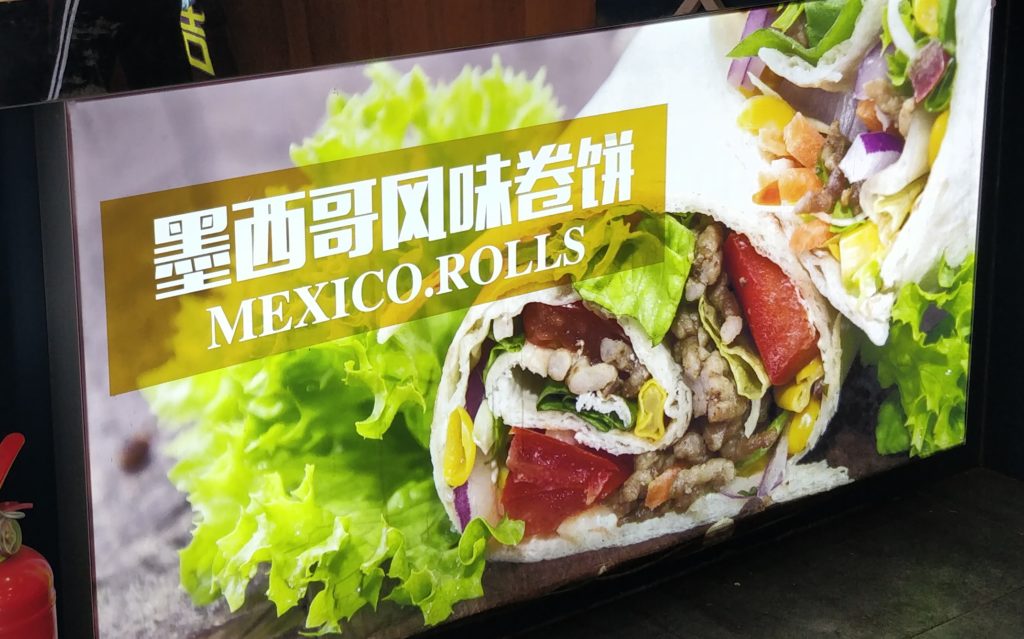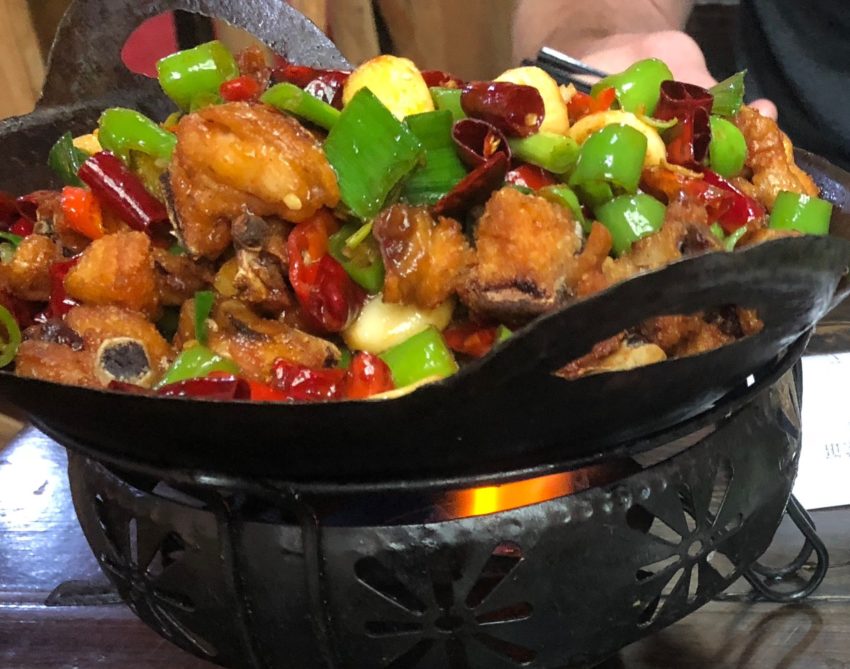This is the story of me trying to eat my way through Beijing; but, in a city so big and diverse there was not enough time to *truly* eat it all. Despite walking 50+ miles across the city, we only saw a fraction of what I had planned; but, because so much was explored by foot we saw many things that taught me about China that could be easily missed in a tour bus. My experiences below describe what my Urban Hikes embody: culture and history tied through food. This post describes the highlights from the most central part of Beijing, Dongcheng, as well as the badass 798 Art District and expat-friendly neighborhood, Sanlitun.
There are endless types of styles of foods to try in China, many with deep roots that embody life in different moments of the country’s long history. For instance, the prevalence of Mongolian style hot pot in northern China is related to their warriors using their metal helmets to brew the dish by the fire and that still persists in ways at restaurants today seen by the variation of pots used.
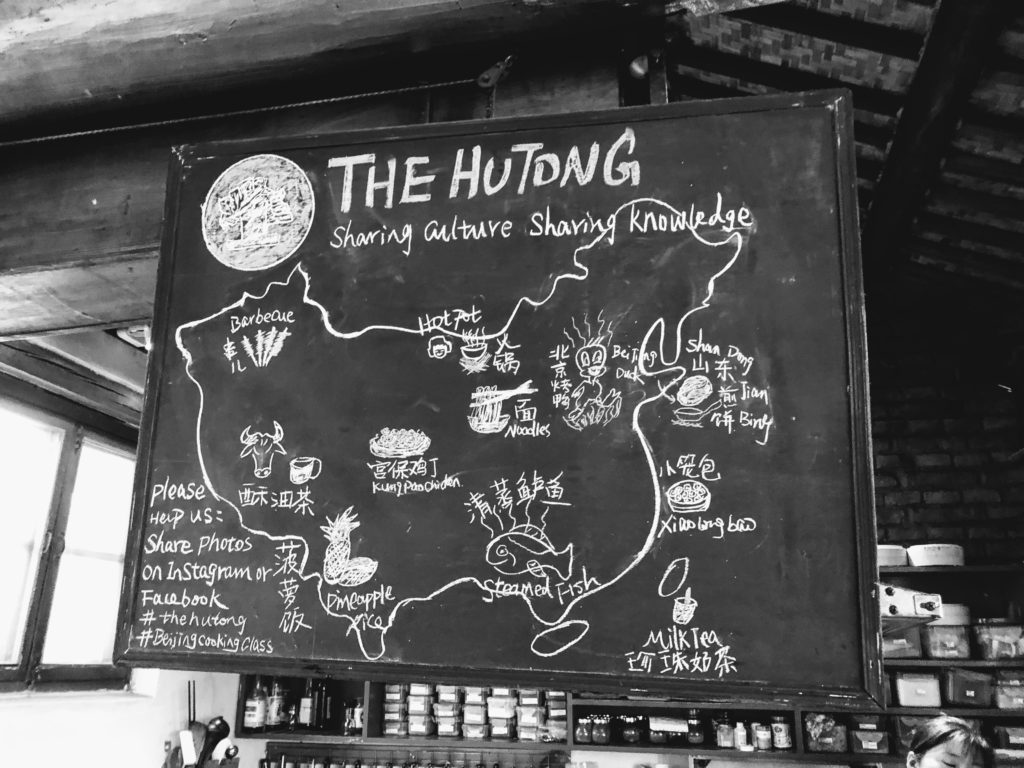
Exploring Old Beijing
Be Prepared to Walk and Get Your Bearings
Old Beijing is best characterized by these undulating mazes of grey stone neighborhoods that resemble closed off castle walls: if you could just get in you could really see what’s really going on with the locals. They stretch across the inner ring of the city, one after another; but, I recommend starting your explorations is Dongcheng. The hutongs north and south of there also present great areas for food and walking around (Gui Jie Street especially), so depending on where you stay and what you like to eat (ex: hotpot vs Peking duck) be sure to check out what’s in your area based on the embedded Google map.
These walled-off neighborhood areas are called hutongs. They’ve been restoring them since the Olympics, but I was confused while walking through one mid-restoration as to where the old neighborhood “went” while newly painted gray walls were constructed to be more amenable to tourists. There are still many that are not restored, and one pro tip is that you know it’s the real deal if it looks like a shanty town from the top and your in constant fear a motorbike is about to run you over at any moment.
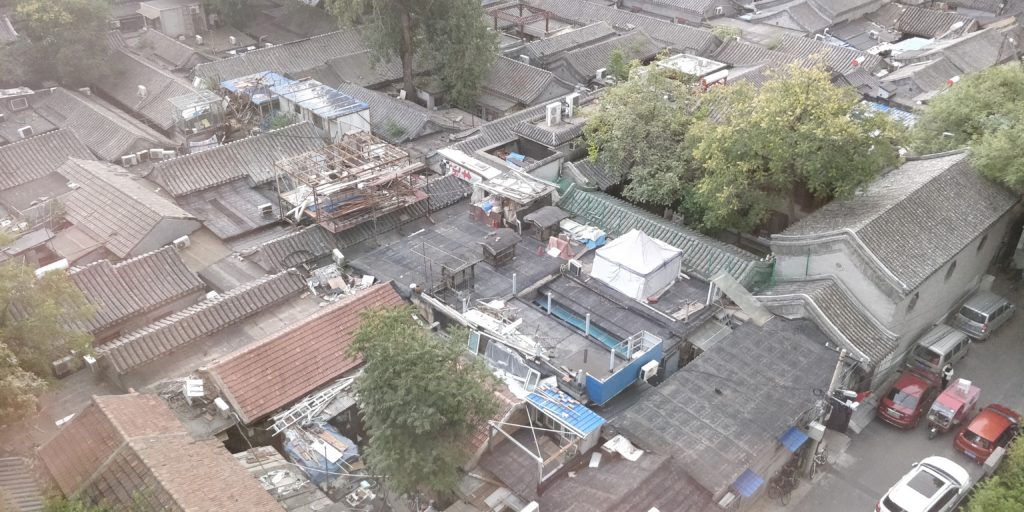
For those who enjoy typical historical tourist spots, the Dongcheng neighborhood is relatively adjacent to the Forbidden City and Tienamien Square.
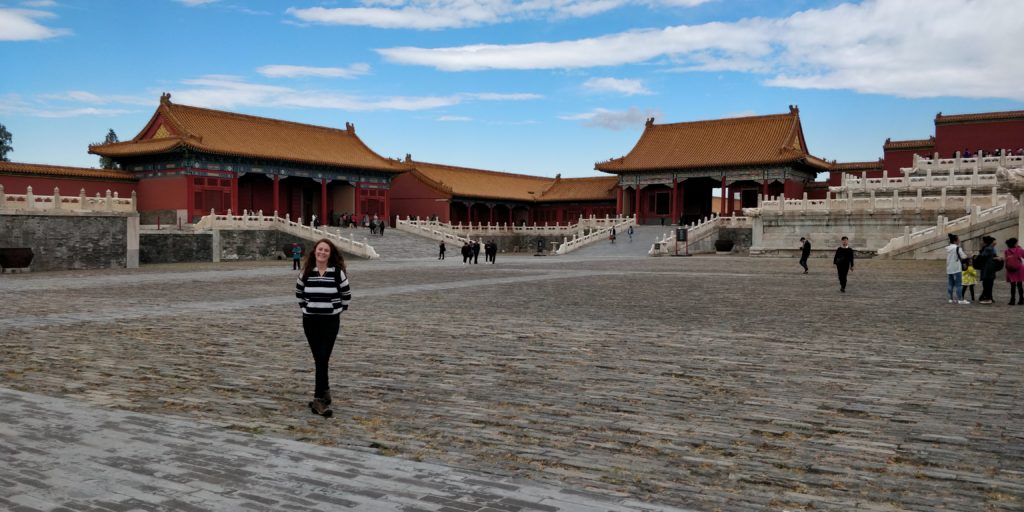
After you’ve explored those landmarks, make your way to Wangfujing street for street food and mooncakes. The street market goes by the same name as the popular shopping street adjacent (complete with Lululemon and a Starbucks) so look for the blueish street overhangs to find the entrance to the smaller streets filled with stalls instead of storefronts.
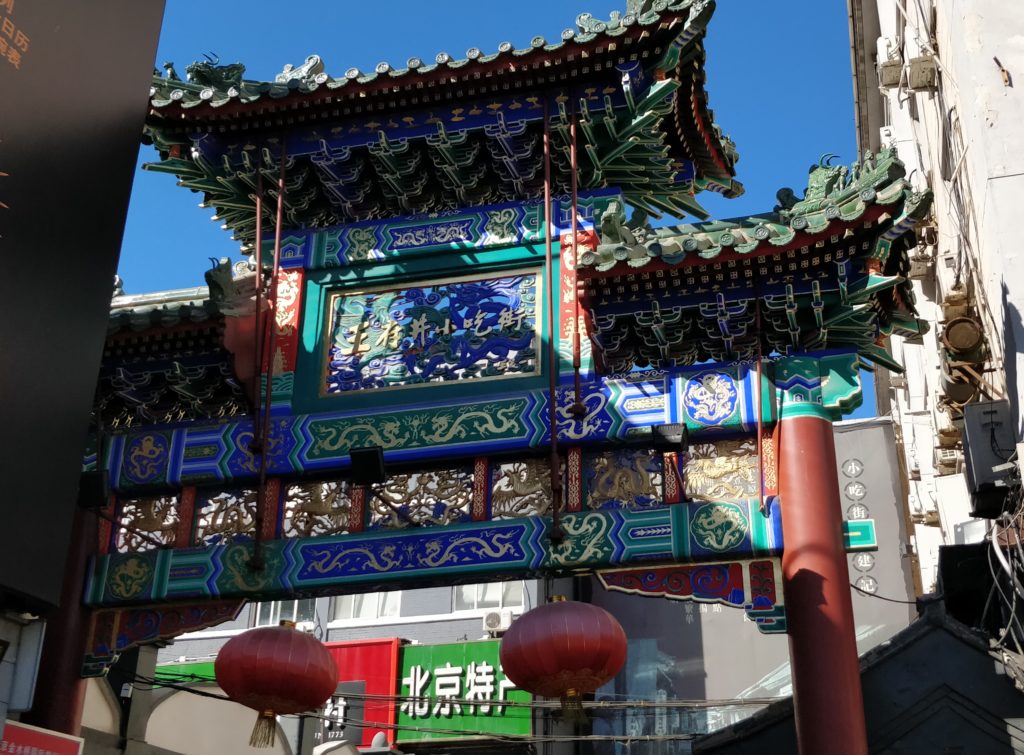
No question, I saw the weirdest things here in 15 minutes than anything from the other ten days in Asia. This is the Anthony Bourdain or Eric Zimmern street where you really don’t want to know what’s on the stick you are about to eat. Also available are freshly ground Sichuan spices here too but squeamish folks will want to leave ASAP so it’s hard to do adequate window shopping. Favorite moment: two live scorpions skewered on separate sticks clawing at each other in defense (or love?) as they waited to be grilled and eaten.
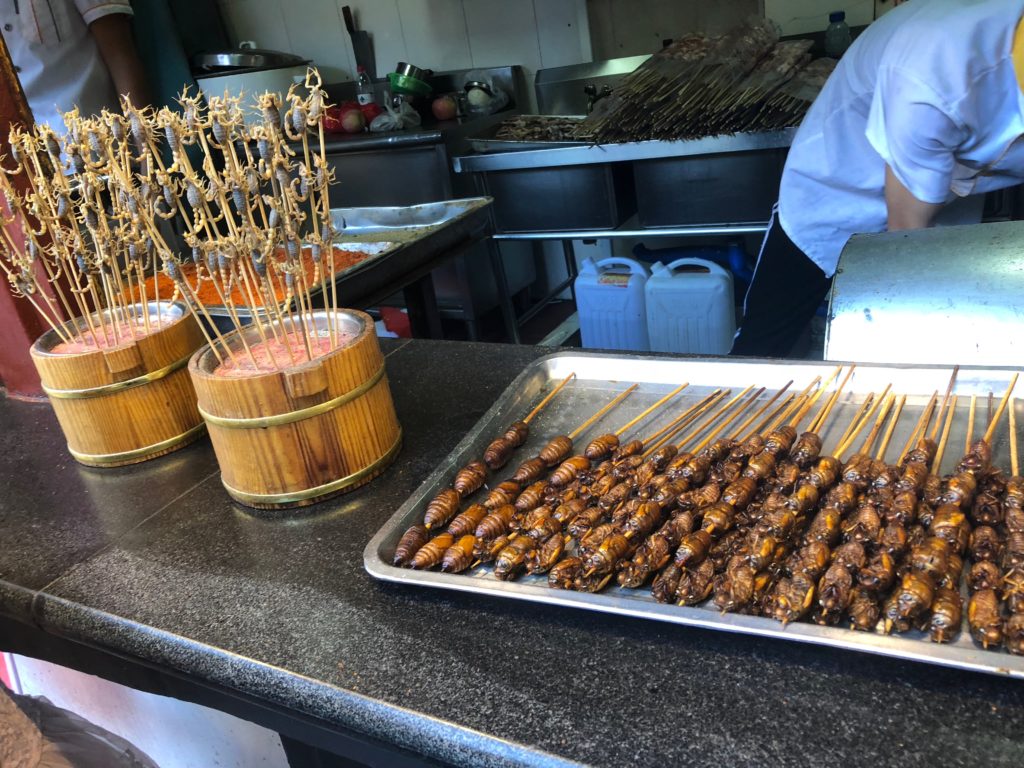
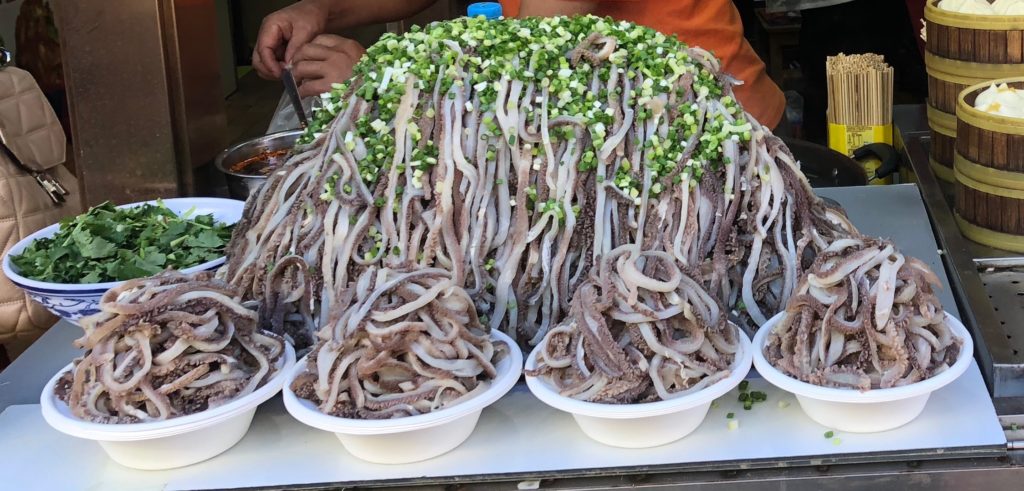
Focusing on More Edible Things
Headed north to explore the hutongs, we discovered Beer Girl 77, the first of many unexpected Craft Beer havens we found. China may feel bizarre and beyond foreign at times; but, see the words “Craft Beer” plastered on a wall and you will easily find hop wonks flush with their own variety of this universally-loved drink. After a few brews, wander around the surrounding 77 Theater Warehouse and Studios to appreciate the combination of industrial spaces and modern Chinese design. And, if you’re into this kind of thing: there is an original Heidelberg printing press in the back courtyard.
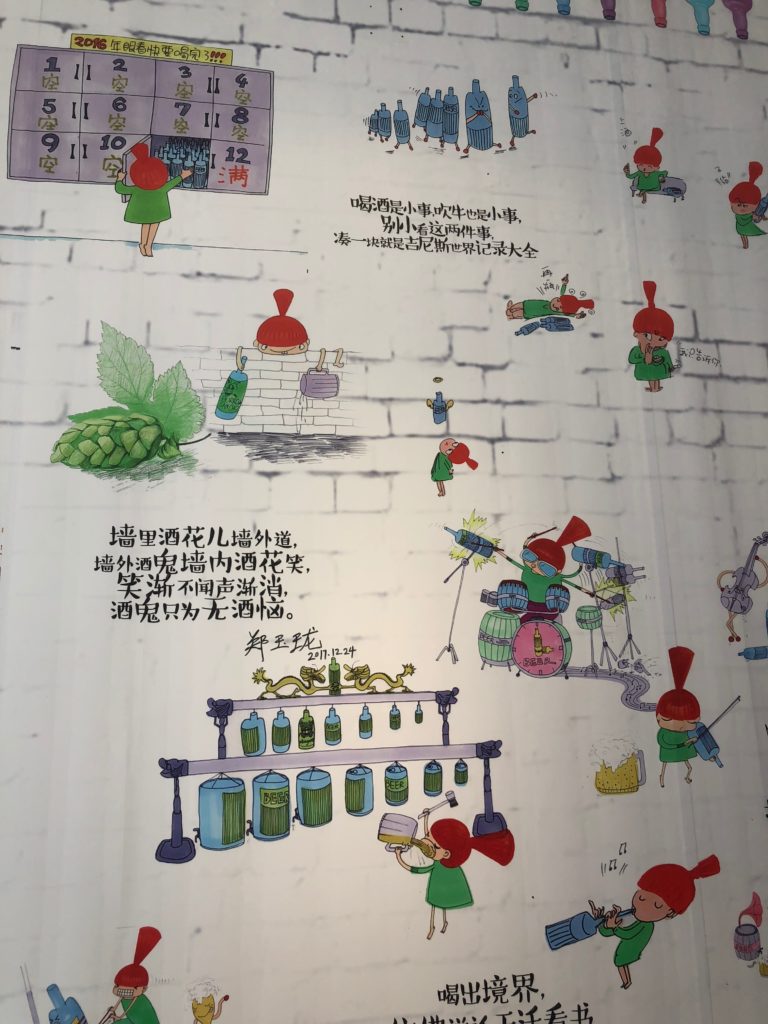
When you are ready for dinner, it’s only a short walk to Little Yunnan. Due to its popularity, you’re bound to see an abundance of tourists and expats; but, the cramped layout and CCTV of the kitchen staff displayed in the dining area remind you that you are undoubtedly still in Beijing. The food was great including fried baby squash blossoms but the real highlight was the homemade rice wine.
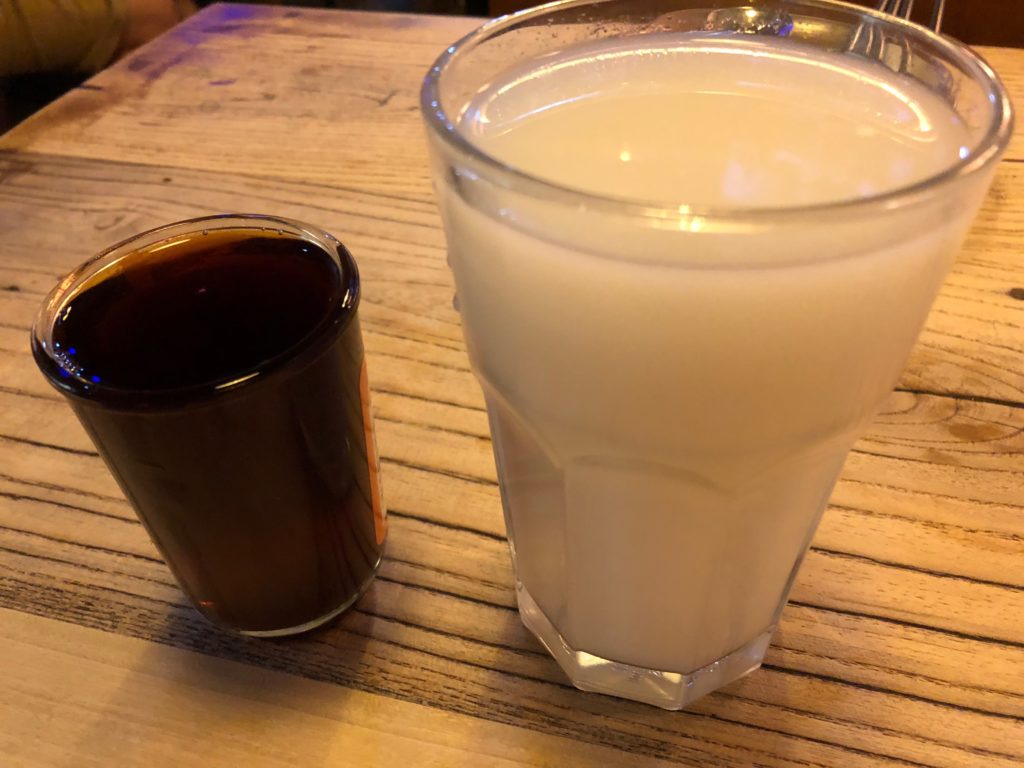
Alternatively, check out dinner in the Gui Jie Street area, also referred to as “ghost street,” with an abundance of 24-hour restaurants, spicy crayfish, Karaoke, and hotpot. Nearby, we found two exceptional beer bars: The Corner Bar and Lark Brewery that featured both a wide selection of Chinese beer on draft and top-rated US beers where distribution methods are most likely facilitated using suitcases.
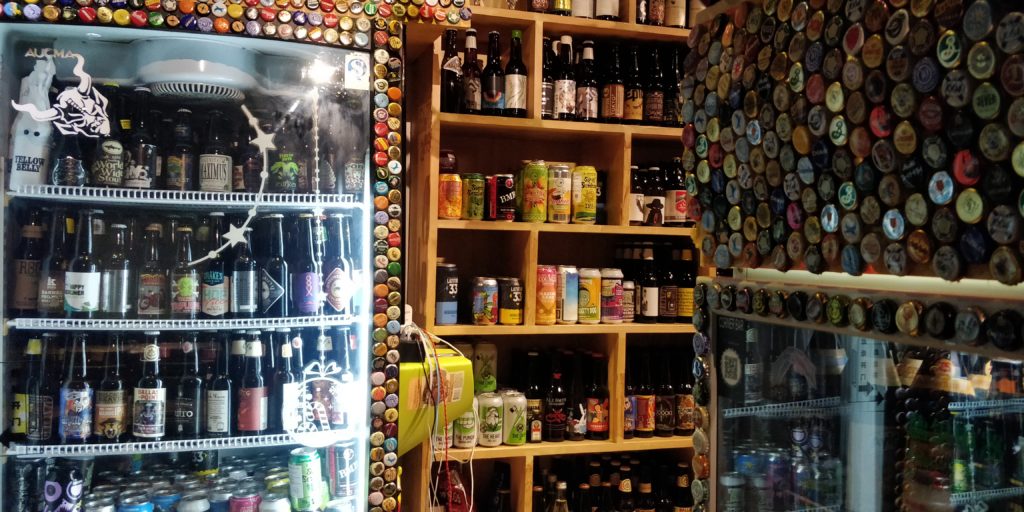
Once you’ve had your fill of food, it’s time to venture deep into the hutongs for a true speakeasy, Capital Spirits, featuring Baijiu cocktails and a wide selection of rare gins. While hard to locate in the dark, the pay off is well worth it. Luckily, we scouted out this place during the day, discovered it only opens after 8 PM and had an easier time finding it at night. If you see someone looking very lost scanning doorways for any hint of an address, you are in the right place.
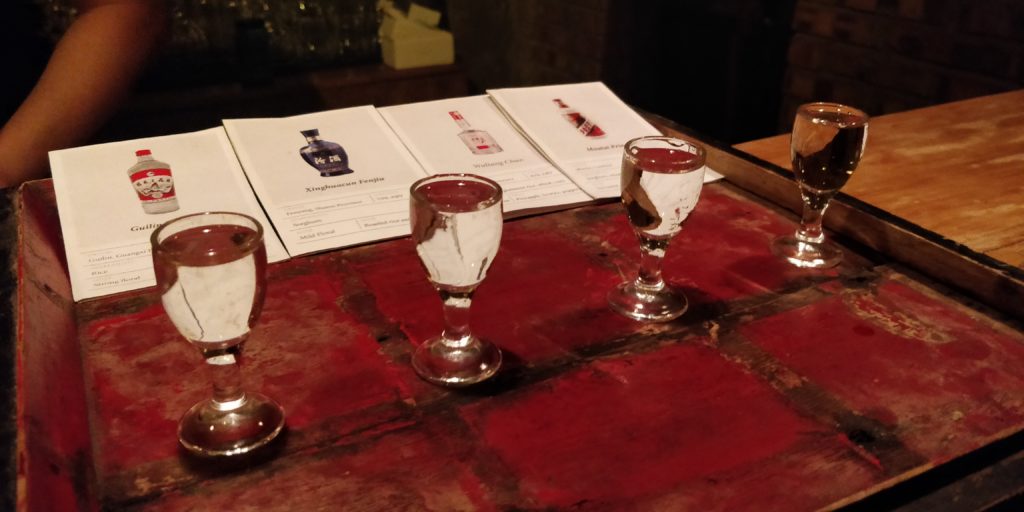
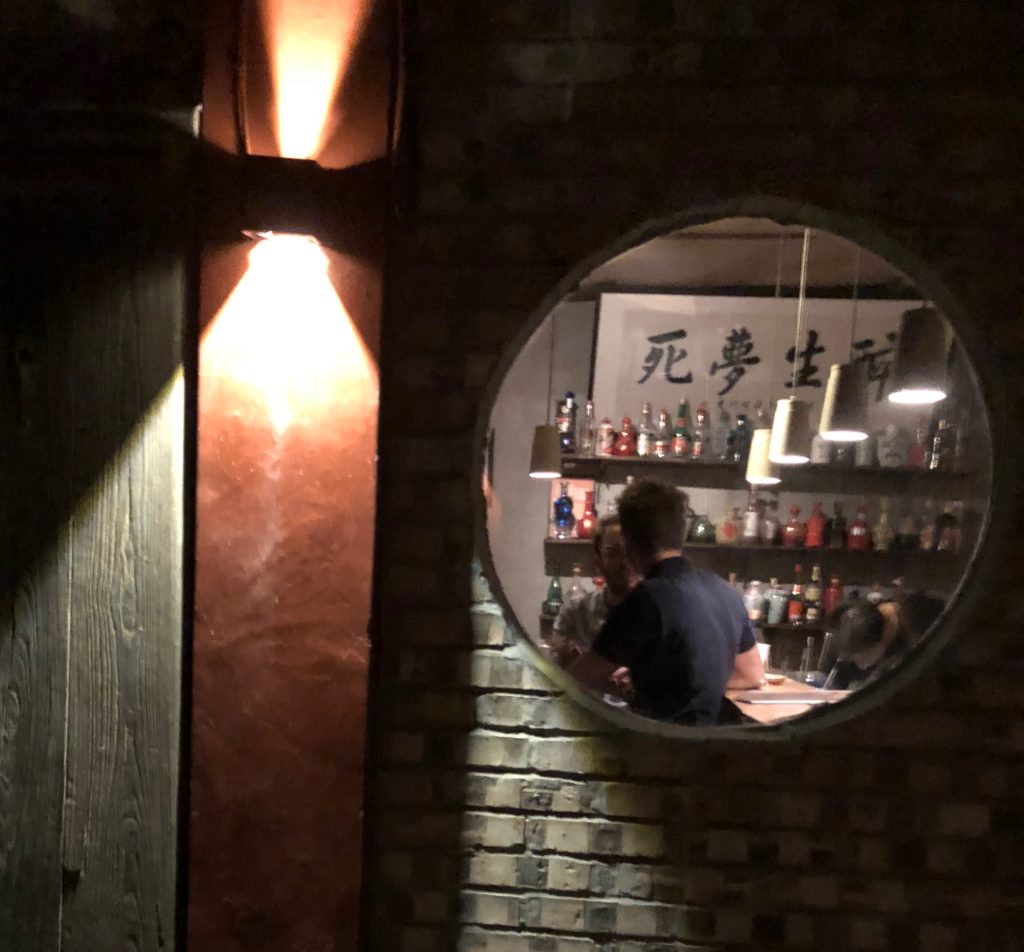
798 Art District
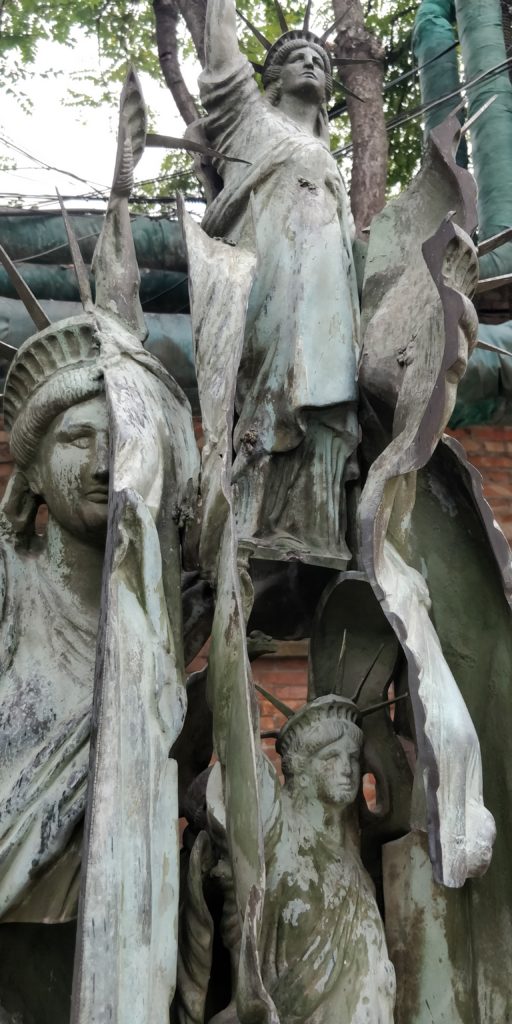
Nothing can prepare you for exploring this hip neighborhood filled with galleries, eclectic boutiques, design studios, and diverse cafes. Realistically, you’ll be following the eye candy around and will be too distracted to focus on eating. While you’re exploring the neighborhood, be sure to stop and check out the UCCA Museum and store, grab hot or dry pot at Whole Life Restaurant or breakfast at Cafe FlatWhite, and experience Smash, an unique and cathartic 30 minutes where you arm yourself with protective gear and a bat to smash plates and bottles until you’ve broken everything you can find in the concrete room.
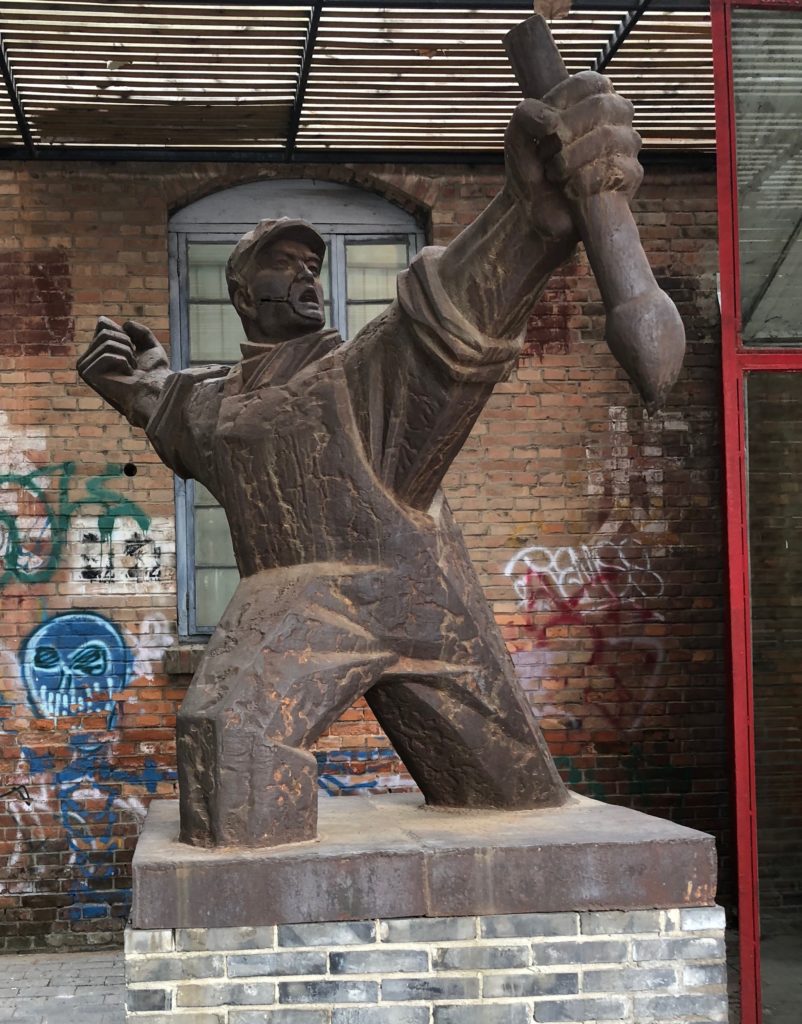
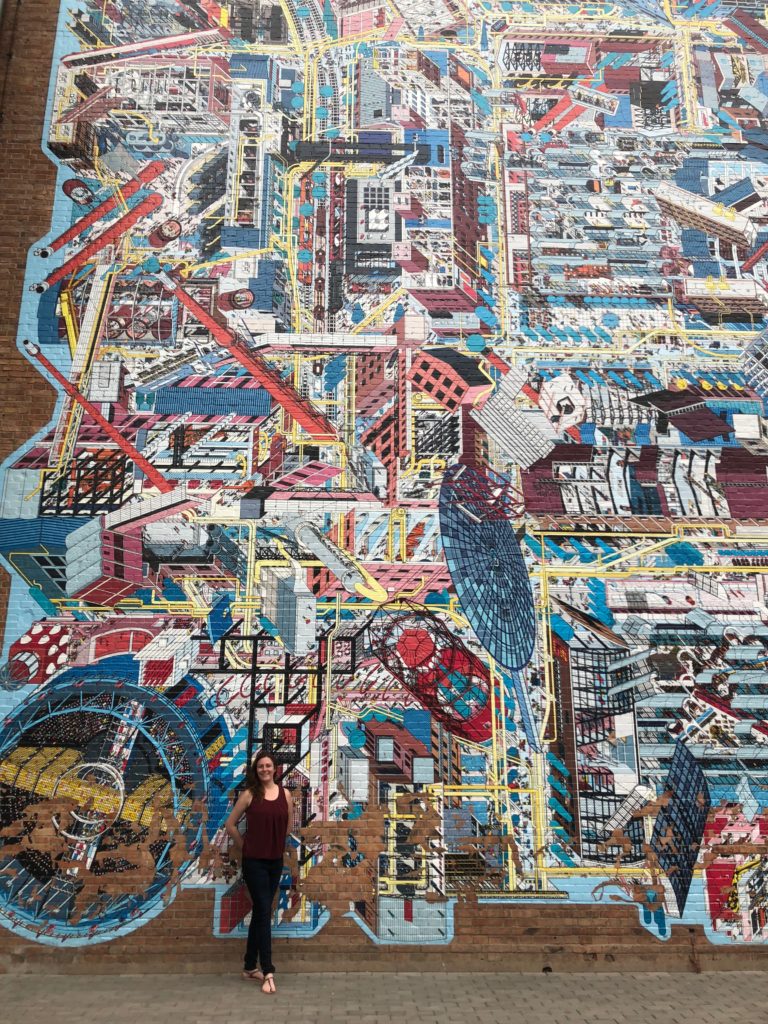
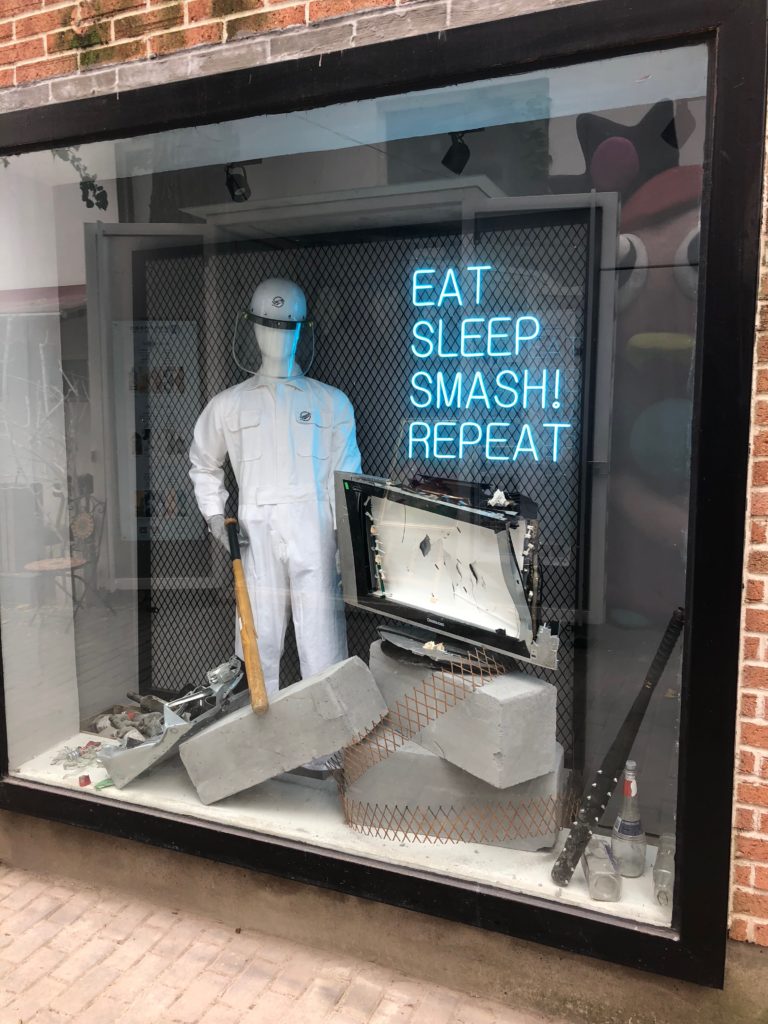
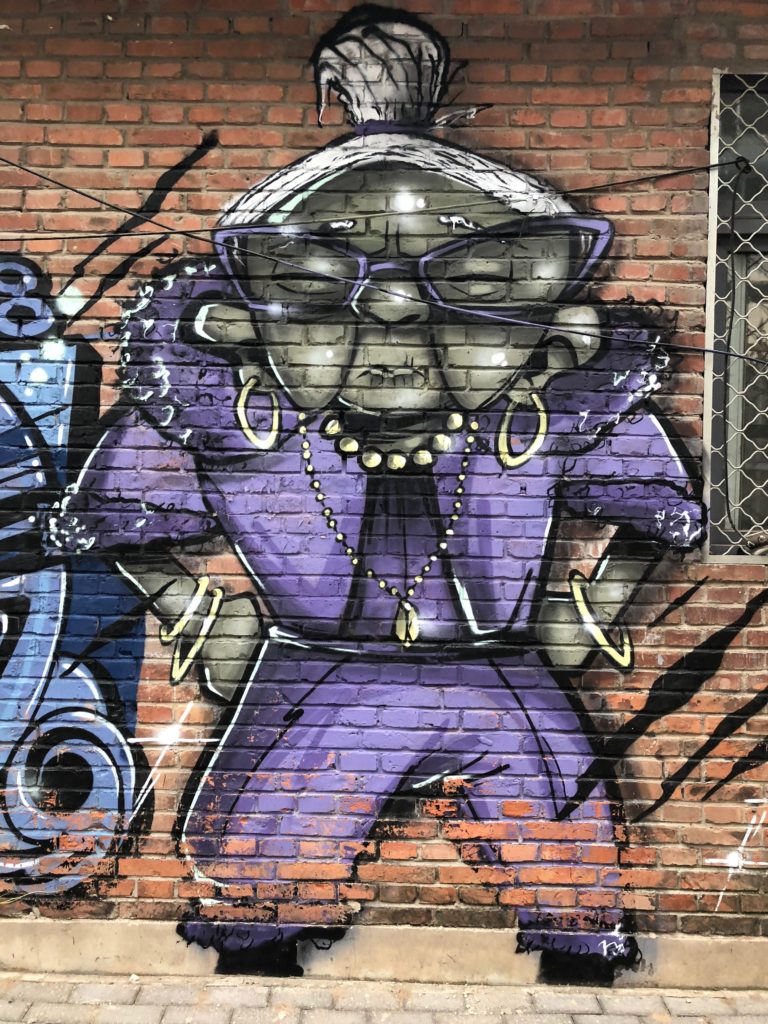
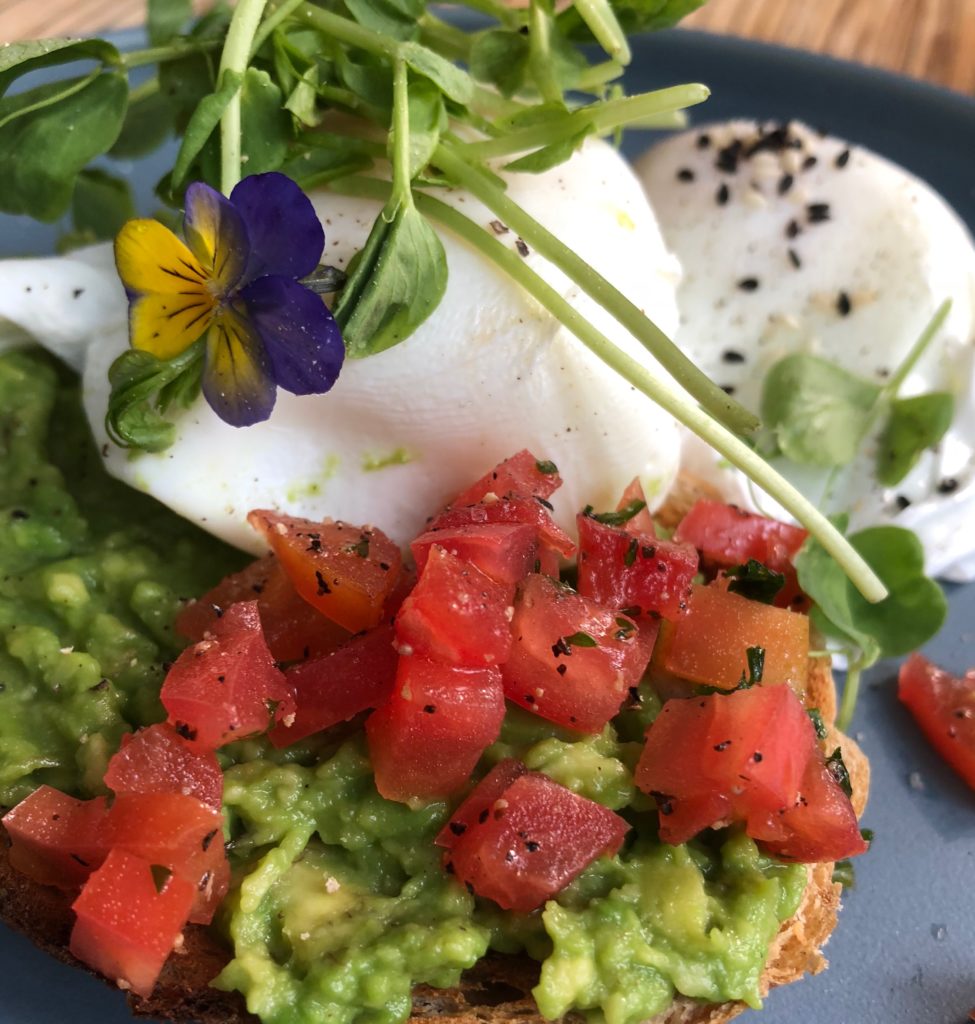
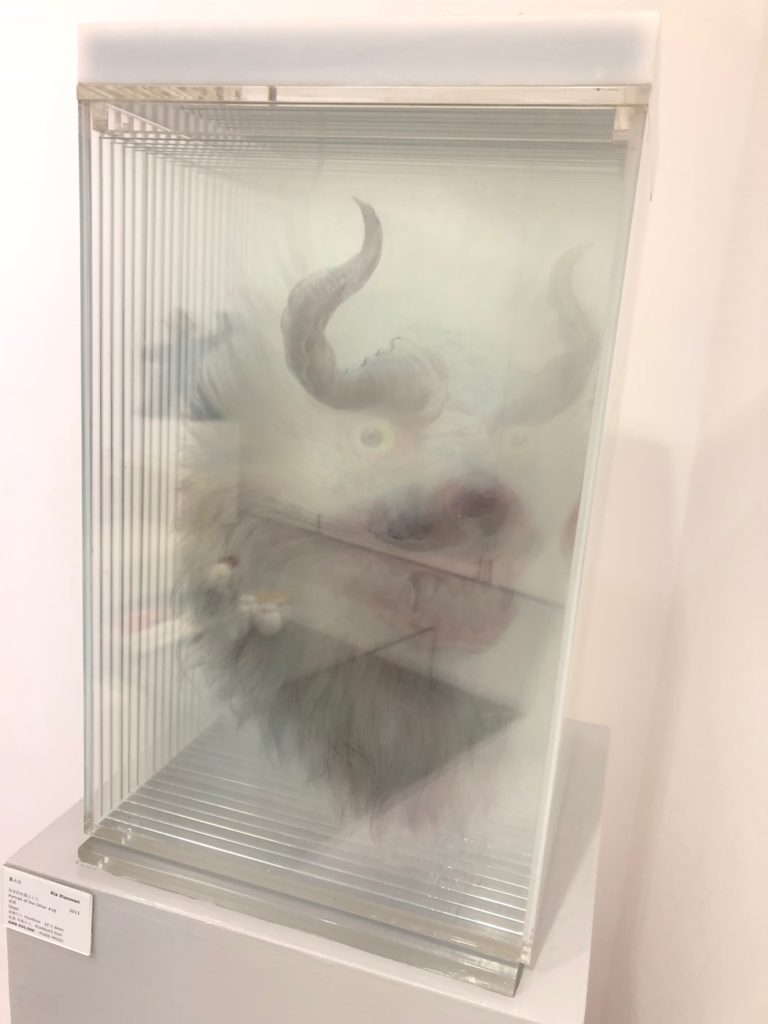
Sanlitun
This neighborhood is about as expat-friendly as it gets in Beijing: Sanlitun has an abundance of bars and nice restaurants to choose from and you can drink Californian wine with dinner if you so choose. We came to Jingzun Peking Duck Restaurant to try the famed dish made popular in Beijing. The skin of the duck is loosened with hot air after roasting and slightly separates when the meat is carved at the table. You then either dip the lean skin in sugar or you roll the meat up like a taco with scallions, cucumber, and Hoisin sauce in thin pancakes.
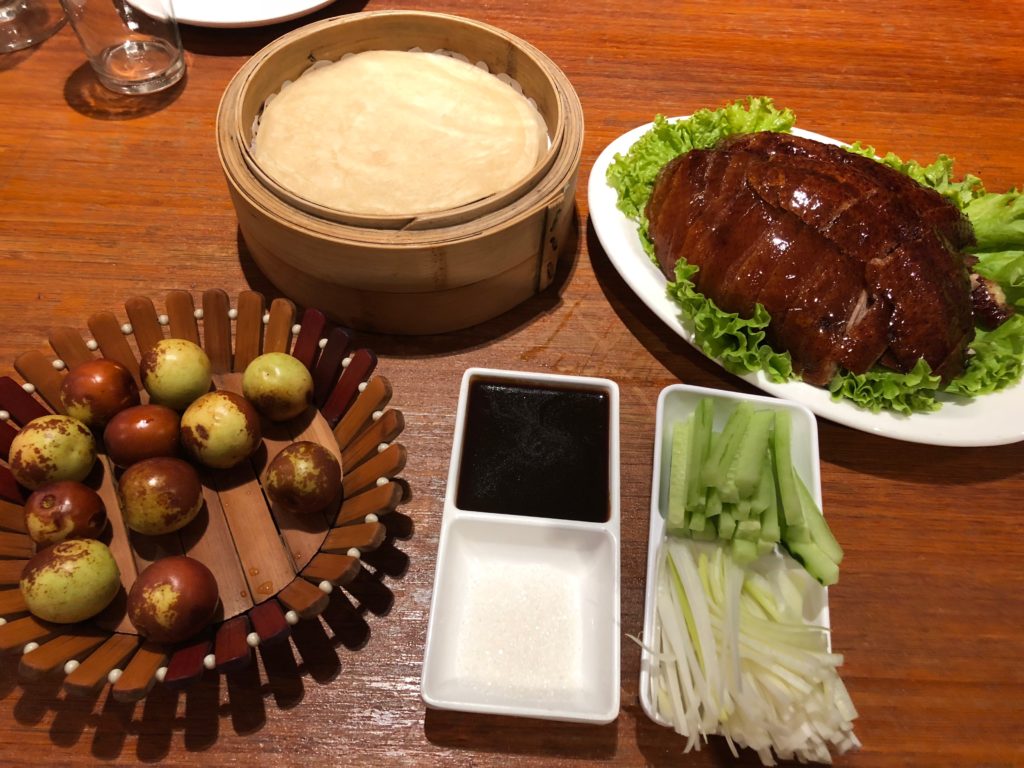
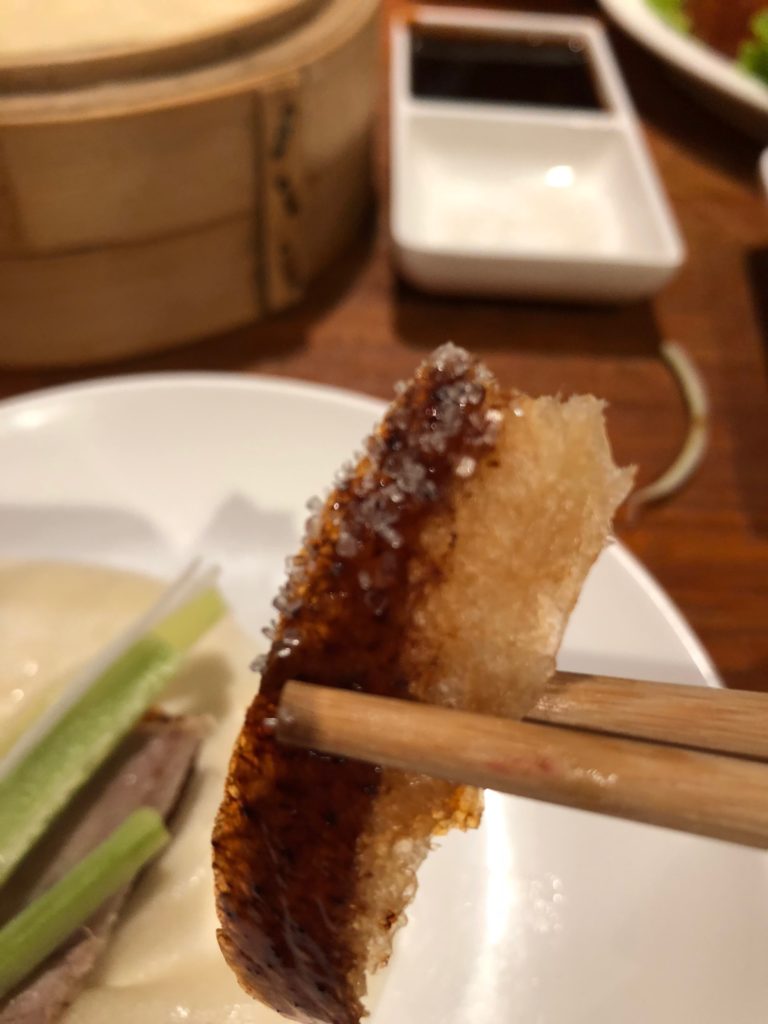
After dinner, we had our minds completely blown at Parlor, an innovative cocktail bar that rivals the best in San Francisco. The diversity of infused liquor was unlike I had seen before; and, the drinks had the presentation at the level of a tiki bar but using traditional spirits like gin without an obsession with fruit and sugar.
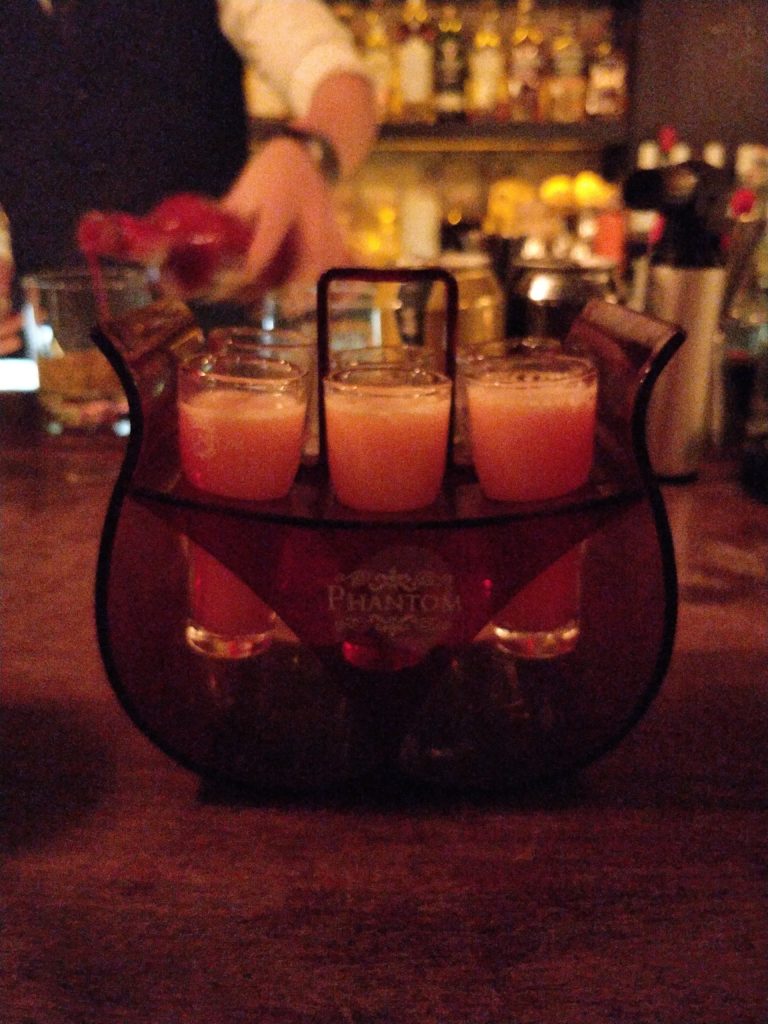
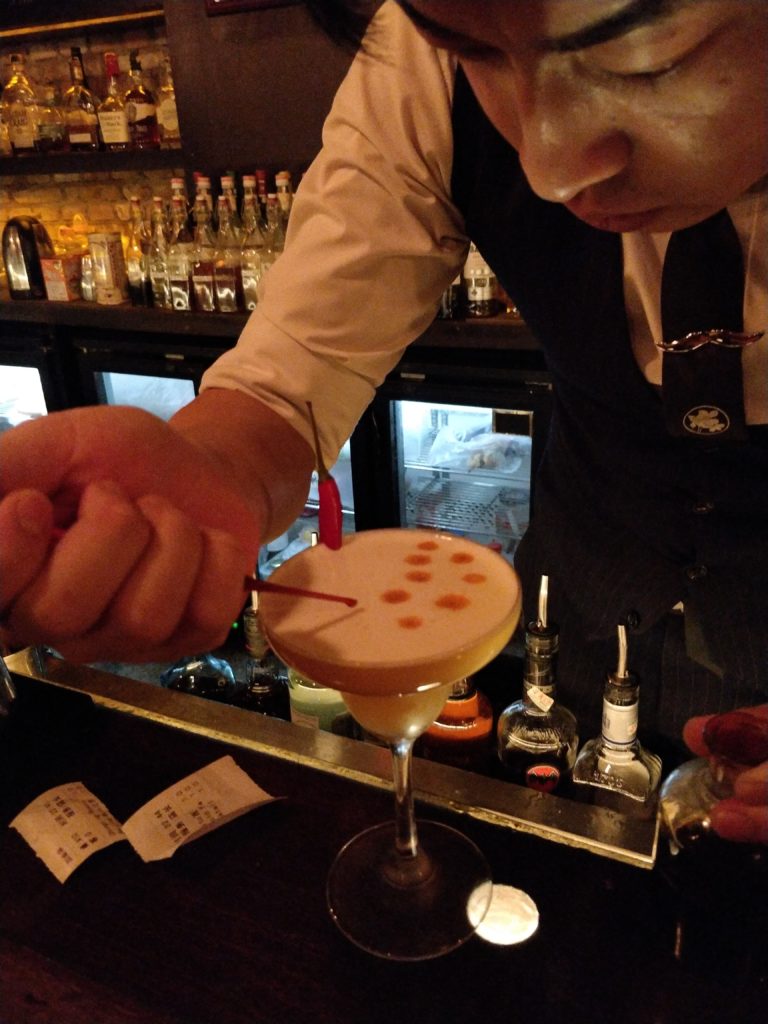
In Closing
Beijing was a spectacular place for an adventurous eater with many neighborhoods Westernized in a way that gives you the comforts of home while still experiencing authentic China. Even at it’s best attempts of appearing normal to an American tourist, they would get it about 85% right with the remainder clearly reminding you that you are in China. It was hilarious and beautiful at the same time. I became obsessed with the encyclopedias for menus, unkempt brooms splayed around, and the “good enough” mentality that led to numerous design flaws in architecture seen on the streets.
Exploring the neighborhoods by foot and ordering meals based on sight (perhaps not knowing the ingredients) opened my eyes and mouth to a new culture and I couldn’t be happier with the outcome. My Urban Hikes are to connect culture and history through food and I’m lucky to have been able to explore Beijing in such a way. I hope you enjoyed my adventures.
<3<3<3
Katie
